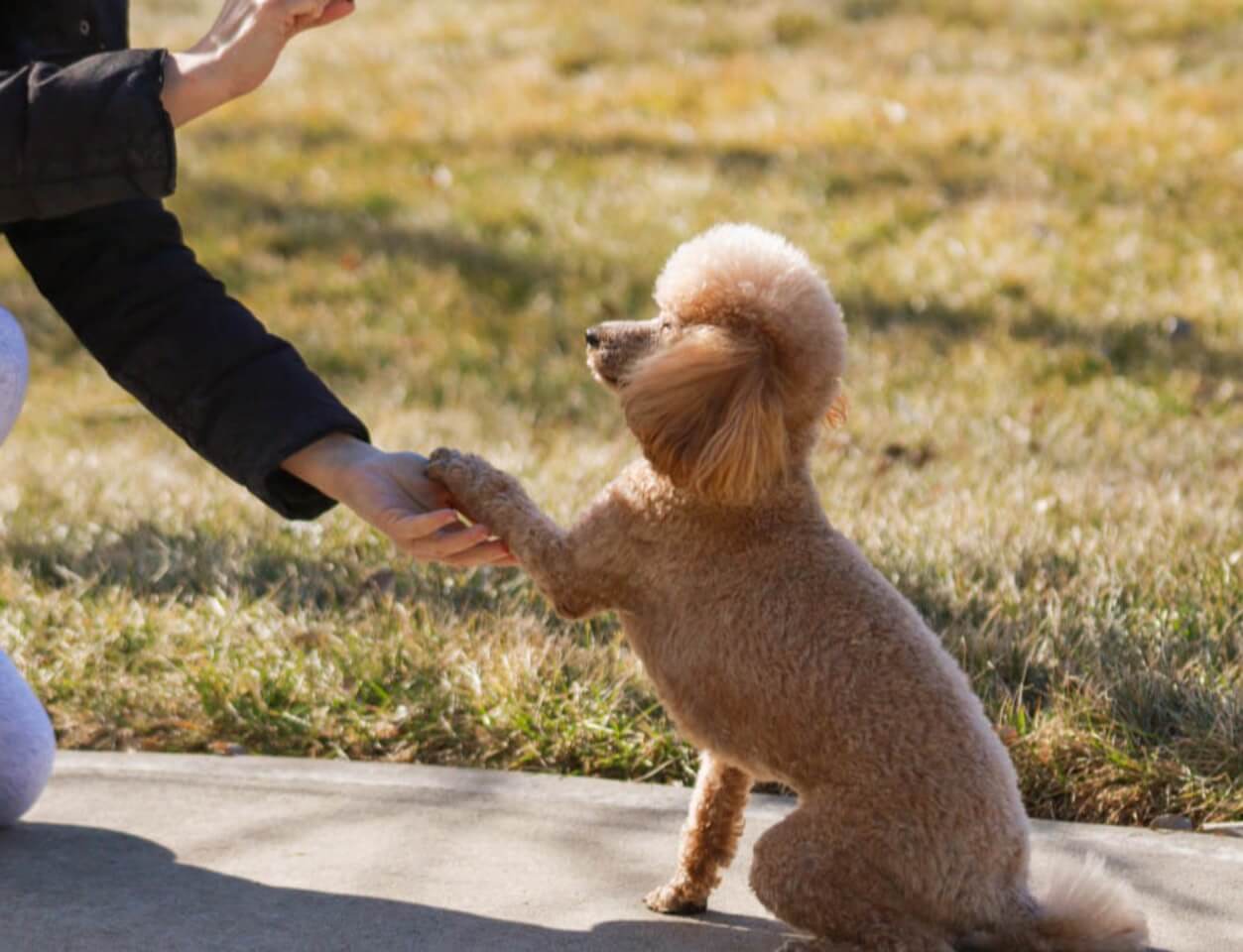Common Dog Myths You Still Believe

Being a puppy parent is one of the most joyous, fun, thrilling, yet challenging roles. We love our furry playmates, and when we add this new addition to our family, we begin to research the ways to raise and train our beloved pet to better understand their needs and behaviors.
But there are still numerous dog myths that even the most experienced dog owners fall victim to and then spread incorrect information to new pet owners. This is why, to avoid any harm to your dog and yourself, we are going to set the record straight and make sure you know the truth about your canine buddy!
A Wagging Tail Means Your Dog Is Happy
Dogs wag their tails when they are excited, but the excitement is a broad term in puppy language; excitement actually means energy. So when your dog is getting excited, it means their energy levels are rising, and uncontrolled energy can be dangerous. A dog's excitement could mean they are just happy to see you, but it could also mean they are getting pumped to start a fight and bite, readying themselves to guard their home or it could mean they are afraid. It's important to understand the circumstances your dog is in during that moment to learn exactly what they are trying to communicate.
Well-trained Dogs Do Not Bite
Even a dog that's considered a good dog will get the urge to bite if it is thrown into situations that are scary. Don't assume that because your dog hasn't shown any aggressive tendencies that it won't still have those instincts. A dog that feels threatened and needs to defend its territory will bite if necessary. This does not mean that your dog is bad or mean; it simply means it has been startled or cornered or feels the need to protect itself from harm.
Certain Dog Breeds Are Naturally Aggressive
From time immemorial, this misconception has been spreading around, and the assumption that a dog's temperament determines whether it is aggressive is untrue. Any dog can become aggressive if thrown into an unknown environment, which is why our canine pals at https://www.dogtemperament.com/ insist that you learn how to understand what makes your dog click or ticked off. In order to control your dog's temperament, you must put effort into understanding what they are communicating when they seem standoffish.
Your Dog Will Let You Know If They Are Sick
Dogs cannot express when they are in pain or under the weather; in fact, a dog's natural instinct is to hide it, so that those around them do not view them as frail, as a weak animal is seen as an easy target for predators. The best way to tell how your dog is feeling is to be aware of their behavioral patterns; if your dog seems off, or creates some distance between you to go off and lie down during unusual circumstances, it is a sign you should consult your vet right away to ensure they are not ill or in any pain.
An Old Dog Cannot Learn New Tricks

This myth has been going around for decades and, frankly, it's never been found to be true. All dogs are capable of learning, and they continuously learn throughout their lifespan. In fact, it is beneficial for your dog to keep teaching them new tricks to keep their mind sharp, which improves their mental state.
Dogs Should Reproduce Before Getting Neutered
Dogs, actually, do not need to have a litter before getting spayed. Dogs do not feel inclined to reproduce, and forcing them to may put you in quite a predicament if you struggle to find homes for the puppies. Spaying a dog can actually improve your and your dog's quality of life. Spaying prevents your dog from certain illnesses that shorten their life and makes them calmer, decreasing aggression and hyperactivity.
Don't Let Your Dog Hide Behind You When They Are Scared
While it is important to encourage your dog to face certain social settings, it is also vital that you don't ignore their cues. A dog is very loyal to their owner, and when they feel scared or threatened, they believe that you will be just as loyal and protective of them. If your dog is signaling to you that they are fearful, allow them to stay behind you for a moment until they relax. Pushing them into such circumstances can result in harm to those around them.
These dog myths are still being passed around from person to person to this day. Research dog behavioral patterns and learn your dog's communication skills to keep a fulfilling relationship with your dog.
839GYLCCC1992



Leave a Reply